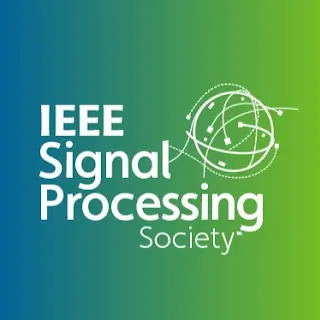Digitization and Classification of ECG Images: The George B. Moody PhysioNet Challenge 2024
Supported by the SPS Challenge Program
The George B. Moody PhysioNet Challenges are annual competitions that invite participants to develop automated approaches for addressing important physiological and clinical problems. The 2024 Challenge invites teams to develop algorithms for digitizing and classifying electrocardiograms (ECGs) captured from images or paper printouts.

